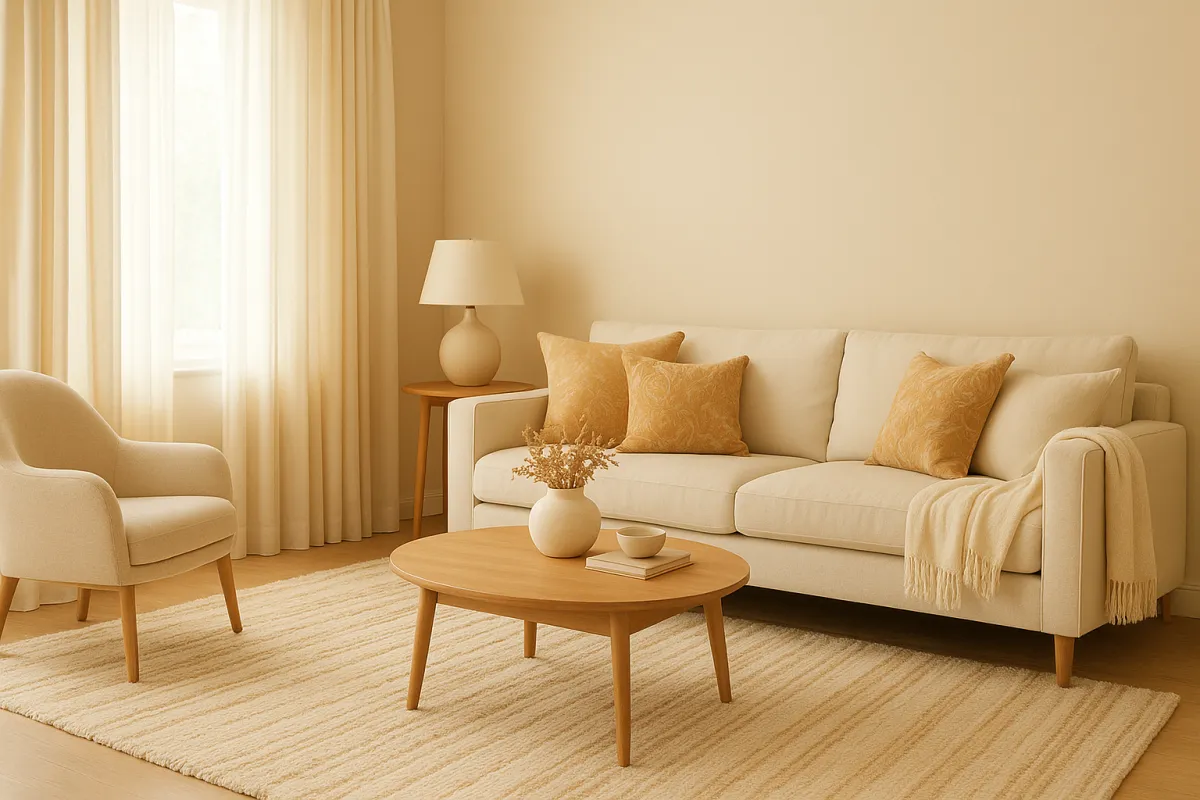
The Quiet Home Revolution: Designing for Peace in a Noisy World
Silence has become the new luxury.
In a world filled with pings, podcasts, and perpetual background noise, homeowners are craving calm — and architects are listening.
Welcome to the Quiet Home Revolution, where soundproofing is now as desirable as smart lighting or an EV charger.
From open concept to open chaos
The open-concept floor plan once ruled real estate. But when the pandemic turned kitchens into conference rooms, many discovered that “great rooms” were great for echo. The result? A design pivot toward intentional sound control.
Today, buyers ask about acoustic drywall, noise-reducing windows, and even sound-absorbing wall panels — features once reserved for recording studios. Designers call it the new insulation: not for temperature, but for tranquility.
Building peace into the plan
Materials matter. Cork floors, heavy drapes, and upholstered walls are making a comeback, while wool rugs and plant walls help soften sound naturally. Even furniture placement plays a role — a bookshelf against a shared wall can reduce sound transmission by up to 10 decibels — the equivalent of a quiet whisper or of wind blowing over a leaf.
Manufacturers are catching on, too. Andersen’s A-Series SoundShield Windows and CertainTeed’s SilentFX drywall lines are trending with builders who see “quiet” as the next great resale feature.
Why it matters in New England homes
In densely built towns across Massachusetts and Rhode Island, peace and privacy add measurable value.
Homes with high STC-rated windows or upgraded insulation often show longer buyer interest and shorter time on market — not because buyers understand the science, but because they feel the difference.
And, btw, don’t think that agents don’t point that out to clients or that buyers don’t notice… because they do.
The emotional pull of quiet is universal: lower stress, better sleep, sharper focus. It’s wellness by design.
How to start your own quiet-home project
Add felt pads under furniture and rugs to absorb impact noise.
Use acoustic curtains on street-facing windows.
Seal gaps around doors and outlets with soundproofing caulk.
Introduce soft materials — textiles, plants, bookshelves — in echo-prone spaces.
As one Boston designer put it: “In luxury homes, quiet isn’t an accident anymore — it’s an amenity.”
🧾 References
Architectural Digest. (2025, September 3). The rise of the quiet home: Soundproof design goes mainstream. Retrieved from https://www.architecturaldigest.com/story/the-rise-of-the-quiet-home
Fast Company. (2024, December 21). Why silence has become the ultimate home status symbol. Retrieved from https://www.fastcompany.com/silence-home-status-symbol
Dezeen. (2025, July 19). Acoustic architecture: Designing for peace and productivity. Retrieved from https://www.dezeen.com/2025/07/19/acoustic-architecture-trends-2025
The Boston Globe. (2024, November 18). Buyers seek peace and quiet in New England’s tight housing stock. Retrieved from https://www.bostonglobe.com/2024/11/18/real-estate/buyers-seek-peace-quiet-new-england-homes

